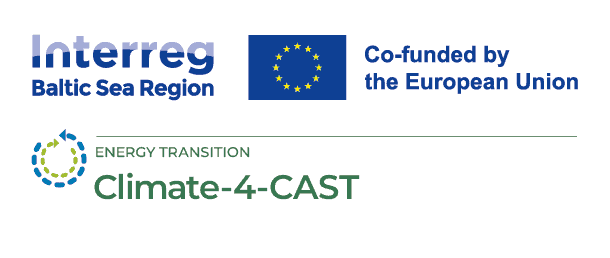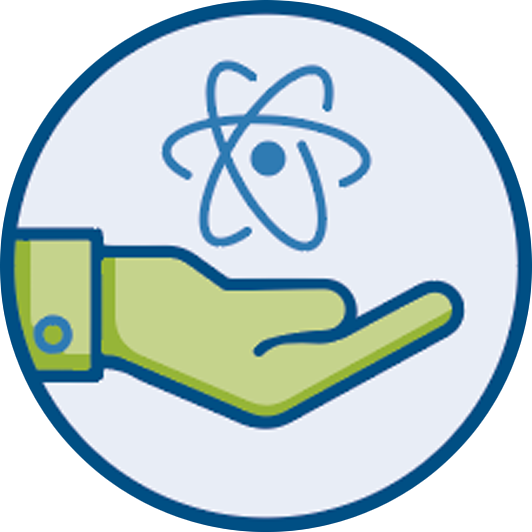
Östersund Pilot Activity Update: Balancing Organizational and Territorial Climate Action
05 August 2025
During this piloting phase, the Municipality of Östersund is expanding its emissions inventory to include more comprehensive data sources and improve quality assurance processes. The city is particularly focused on transportation-related emissions, including municipal parking facilities and city workers’ commuting patterns, areas that directly connect organizational and territorial emission reduction efforts.
Dual Approach: Organizational and Territorial Emissions
One of Östersund’s key insights is recognizing how actions aimed at both organizational and territorial emissions connect to different municipal goals, but to the same municipal budget. This understanding shapes their strategic approach to climate planning.
For territorial emissions reduction, their approach includes detailed projections of vehicle fleet changes, population growth impacts, and electrification scenarios based on national Swedish forecasting models. A significant focus area is active transport infrastructure. The city has conducted thorough assessments of the types of vehicle trips likely to be affected by new infrastructure investments, calculating not only emission reductions but also health benefits and investment costs to provide a complete picture for decision-makers.
For organizational emissions, Östersund is expanding its scope to include more comprehensive Scope 3 emissions, particularly purchased goods and services. The city acknowledges challenges in this area, noting that while their environmental procurement program provides some information, the data quality differs and the municipality’s direct control over these emissions is somewhat limited.
This honest assessment of data limitations demonstrates Östersund’s pragmatic approach to climate planning – recognizing where precise measurement is challenging while still working to include these significant emission sources in their planning framework.
Building Internal Capacity and Engagement
The city’s approach to tool implementation focuses on building internal capacity and engagement across departments. Environmental strategists in the sustainability department serve as the primary maintainers and developers of the CADS Tool, while analysis involves broader participation from actors in the budget process.
The CADS Tool’s visualization capabilities prove particularly valuable for Östersund’s user base, including administrative managers, directors, and politicians. The city appreciates the tool’s flexibility in presenting both overall pictures and detailed views of individual actions, which will enable different stakeholders to engage with climate data at appropriate levels of detail.
Looking Forward
Östersund has been strategically planning stakeholder engagement, beginning with meetings within the ecological and sustainability department, as well as the economics department. The city is planning to expand to department heads and politicians later in the pilot phase. This phased approach ensures solid technical foundations before broader organizational engagement.





